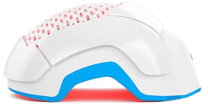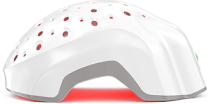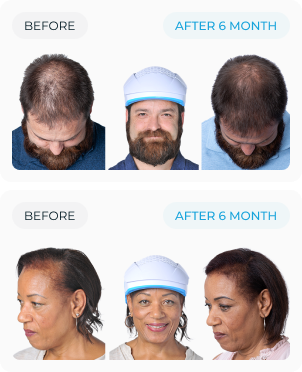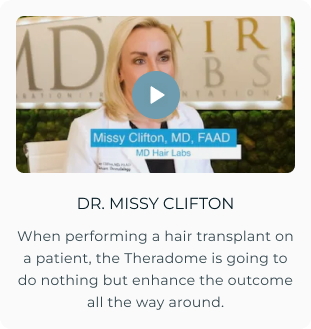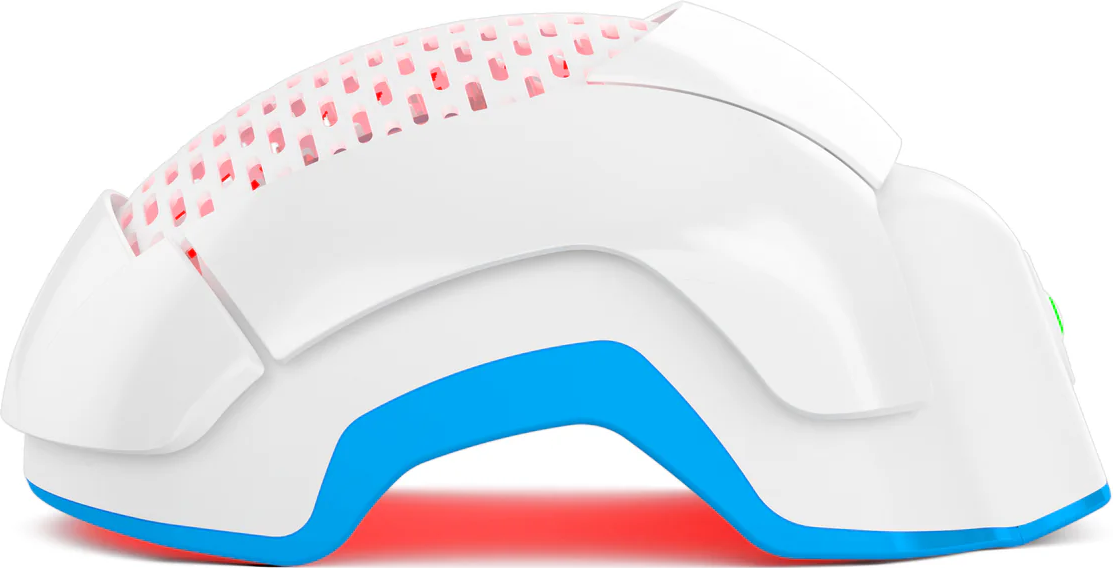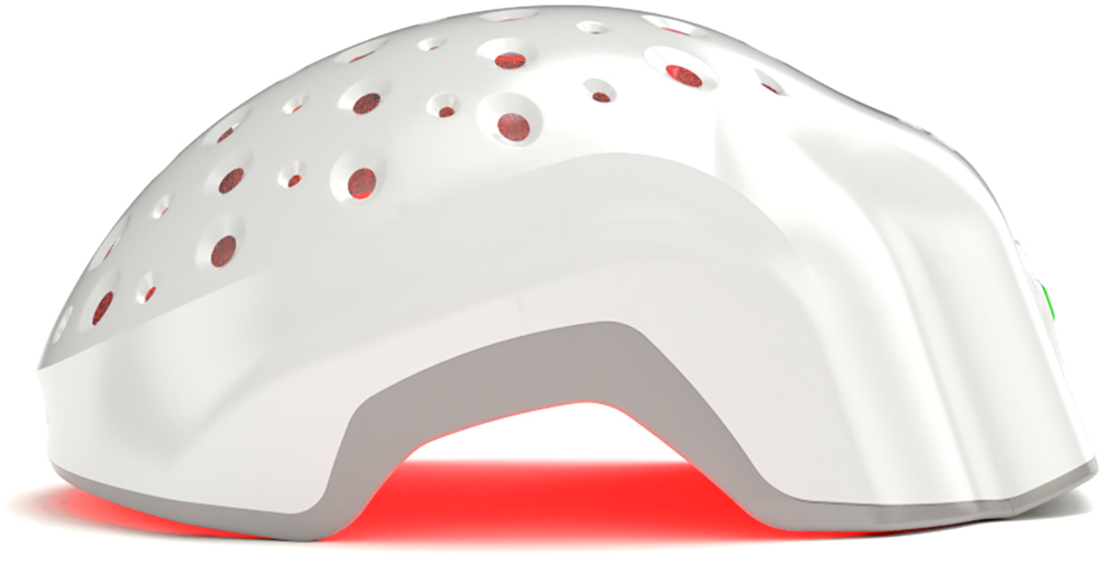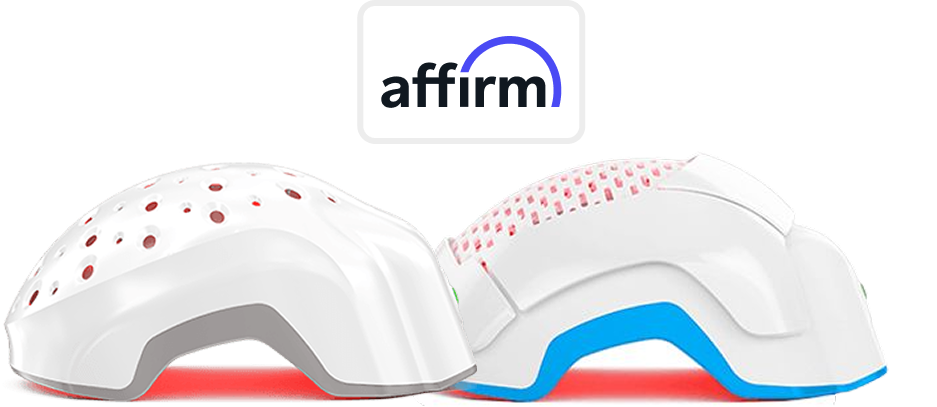The dessert table may not come with a warning label, but your scalp might’ve issued one silently. Turns out, too much sugar doesn’t just fuel your cravings—it might be slowly thinning out your hairline. And if you’ve been noticing more strands circling your shower drain, the connection may not be all that sweet.
Now, let’s get this out of the way early: no, sugar doesn’t directly yank hair out by the root. But does sugar cause hair loss through hormones, inflammation, poor circulation, and cellular stress? That’s where things get interesting—and more than a little uncomfortable for your daily latte habit.
See, it’s not about sugar being the villain. It’s about how it quietly messes with your scalp’s ability to nourish, repair, and regrow strong, healthy hair. The damage is subtle, cumulative, and often blamed on “just genetics”—until you start connecting the metabolic dots.
This article hands you a plan to protect your strands without living like a monk. Let’s talk science, scalp health, and the kind of sugar-related sabotage that rarely makes it onto food labels—but definitely shows up in your hairbrush.
How Sugar Impacts Hair Health?
You’d think the only threat sugar poses is to your waistline or teeth—but your hair follicles are quietly catching strays too. Excess sugar doesn’t just sit pretty in your bloodstream. It can light a hormonal and inflammatory fuse that scorches your scalp health from the inside out. Here's what that looks like in action:
Blood sugar spikes & insulin resistance
When sugar hits your bloodstream fast like soda and pastries, insulin levels surge. That rise can increase androgen hormones like DHT, the same bad actor linked to male and female pattern baldness. If you’re genetically predisposed, this hormonal seesaw can shrink hair follicles and fast-track shedding.
Inflammation & oxidative stress
High sugar doesn’t just fuel cravings—it fuels inflammation too. That chronic, low-grade inflammation ramps up oxidative stress, a cellular hit-job that disrupts the hair growth cycle and makes follicles more fragile over time.
Poor circulation & nutrient supply
Sugar damages the lining of your blood vessels. That might not sound like a hair problem—until you realize your follicles rely on a steady supply of nutrients and oxygen. Starve them long enough, and thinning hair becomes more than just a theory.
Glycation of hair proteins
In a process called glycation, sugar molecules attach to proteins—keratin included—making them stiff, brittle, and structurally weak. This doesn’t just dull the shine. It sabotages the strength and quality of the strands right from the core.
Who Is at Risk for Hair Loss Due to Sugar?
Anyone can fall into the sugar trap. But not everyone’s follicles react the same way. Here’s who should keep a closer eye on their sweet tooth:
Genetically predisposed individuals
If hair loss runs in your family, sugar can act like an accelerant. You may be born with DHT-sensitive follicles—but a high-sugar diet fans the flame and speeds up the process.
People with insulin resistance or pre-diabetes
This group already has impaired glucose control. Add in frequent sugar spikes, and the hormonal fallout—especially elevated androgens—can tip the scales toward visible thinning.
High sugar consumers
We’re not just talking about dessert addicts. Daily soda drinkers, bread lovers, and processed snack fans all rack up hidden sugar intake. Over time, it shows up in the mirror, not just the lab work.
How to Reduce Hair Loss from High Sugar?
Fixing sugar-triggered hair loss doesn’t mean you need to become a nutrition monk. But smarter choices are non-negotiable.
Limit added sugars & sugary drinks
Cutting down added sugar (especially in drinks) helps curb those insulin surges. Water over soda, and plain coffee over syrup-laced lattes, can dial down internal chaos that silently chips away at follicle strength.
Choose low-GI foods
Low-glycemic index (GI) foods like legumes, whole grains, and non-starchy veggies keep your blood sugar stable. That stability protects your follicles from hormonal swings that can trigger early shedding.
Improve metabolic health
Walk more. Sleep better. Eat protein and fiber. These tweaks support insulin sensitivity and overall metabolic health—essential when you’re trying to tame sugar-related hair fall at the source.
Use anti-inflammatory diet
A diet rich in antioxidants (berries, leafy greens, omega-3s) cools systemic inflammation. Less inflammation means fewer interruptions in the hair growth cycle and less damage at the follicular level.
Support scalp circulation
Scalp massages, gentle brushing, and avoiding tight hairstyles can improve blood flow. Remember: better circulation = better nutrient delivery. Even sugar-worn follicles need some rehab time.
Hair Growth Treatments
Targeted treatments like low-level laser therapy (LLLT)—including devices like the Theradome Laser Helmet—can stimulate blood flow, energize tired follicles, and encourage regrowth in areas affected by sugar-related shedding.
Conclusion
Let’s get one thing straight: sugar alone isn’t a hair thief in the dark. But when consumed excessively and habitually, it contributes to the kind of hormonal imbalances, inflammation, and protein damage that create a less-than-ideal environment for your follicles to thrive.
Reducing sugar, sharpening your metabolic health, and feeding your scalp the attention it deserves can work wonders. And when you back that up with clinically supported hair therapies, even strands battered by blood sugar may just get their second wind.


